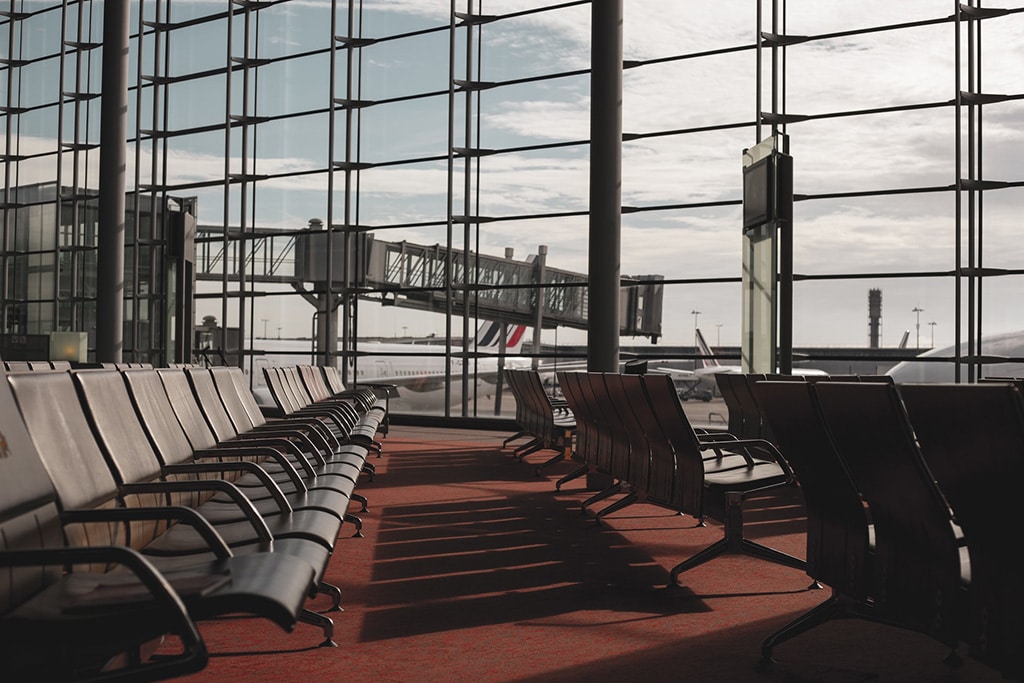
COVID-19 is driving a form of deglobalisation –or arguably a new globalisation– that in certain respects had already started before the pandemic broke out, with the crisis that began in 2008. As Carmen Reinhart, now the Chief Economist at the World Bank, and Vincent Reinhart point out, growth in world trade between 2008 and 2018 fell to half of what it had been in the previous decade. Looking ahead to a post-COVID-19 world, which we have not yet reached, and also for the present period of uncertainty, it may be useful to pin down the terms of this reimagined globalisation, as a short report from the Economist Intelligence Unit (‘down but not out’) refers to it, although much will depend on the length of the pandemic and the way it evolves. The reimagined globalisation will be simultaneously less Chinese and less Western, more diversified, less human and more tech driven, and in a context characterised by a dispersion of human habitats and the inordinate expansion of certain companies.
Decoupled: less Chinese and less Western
We are heading towards a less Western version of globalisation, due to burgeoning relations between emerging countries and a crisis in the very concept of the West (although this will in part depend on the course taken by the US after the November elections). The interests of the Western middle classes may be affected in the search for new global equilibriums. We are also heading towards a technological decoupling between the US and China, due not only to Washington’s measures against Beijing but also to the latter’s measures of self-defence, with repercussions for Europe.
Although for the time being there has been no significant withdrawal of US or Japanese investments from the latter economy, many countries –including China, as mentioned– have protected themselves from predatory foreign investments in their own companies. Investment flows in general are stalling. UNCTAD forecasts that flows of foreign direct investment are set to fall by 40% in 2020, putting them below US$1 trillion for the first time since 2005, with an additional reduction of up to 10% in 2021, before starting to recover in 2022.
The globalisation that we have seen since 2001 (the year in which China joined the World Trade Organisation) has to a large extent been marked by the emergence of this giant country. But now, at least viewed from the West, it will be less Chinese, even though that economy is recovering from the pandemic faster than its Western counterparts. It will be a globalisation in which the emerging economies will account for more. They already represent a larger market for Chinese exports than the US. According to a report from the McKinsey Global Institute (MGI), 26% of the world’s exports in goods could be shifting to new countries in the next five years.
Re-balanced and more diversified
It will not be instantaneous, because it is not easy to change global value and supply chains abruptly. But the pandemic has revealed many countries’ excessive dependence on Asian output, and not only in medicines. China and India produce the bulk of pharmacological ingredients. There are some 180 key products in which a single country accounts for 70% of exports, according to the MGI. In a trend that started before COVID-19 began to spread, as a report from Natixis points out (‘Is the world de-globalizing?: the short answer is yes but it is important to understand how’), we are heading towards shorter, closer, more resilient supply chains, something that entails the reshoring, or nearshoring, of some production, facilitated by technology.
This trend, which MGI believes affects 12% to 16% of global exports, could be strengthened by an increase in the automation of tasks spurred on by COVID-19. If the new globalisation involves fewer physical movements of people and more digital traffic, there is the apparent contradiction that certain technological advances, such as automation, may undermine globalisation, as Adnan Seric and Deborah Winkle and this Institute have pointed out. The technological advances that have done so much to drive globalisation may now be responsible for a certain degree of protectionism.
Many countries have sought to use diversification of supplies to reduce overdependence on products and certain raw materials, such as those needed for some digital equipment and advanced batteries, and to increase stockpiling of certain supplies. This policy adjustment to the status quo represents a new economic nationalism. The new protectionism involves not only tariffs on imports but also restrictions on exporting certain materials and products, from advanced US microprocessors to China, to the latter’s rare earths.
More human dispersion
The pandemic has drastically stalled human movements, something else that was already slowly making its mark. Teleworking, on a global scale, may change a great deal, including the attraction of certain countries or habitats. Although many offices lie empty, it does not yet seem to have reduced the importance of the large conurbations. Despite the fact that they make infection easier and their lockdowns are more severe, their density means that their capacity to tackle the health crisis is also greater, at least in developed countries. But if the pandemic persists, they could lose attractiveness, particularly given the need for space in private housing for teleworking, and the risks associated with some of the possibilities offered by large cities, such as the theatre, the cinema, music and live sports events. It could lead to a dispersion of the human habitat; this too would run counter to globalisation, the development of which has gone hand in hand with the rise of mega-cities.
Corporate titans
The pandemic is also fuelling another phenomenon already under way and one that in turn influences the type of globalisation in prospect: the inordinate growth of certain companies, at least in the US, China and India, among other economies, although not in Europe. In August, the equity value of Apple rose above US$1 trillion for the first time, having doubled over two years. As a recent report pointed out, the combined value of Apple, Amazon, Facebook, Alphabet (Google) and Microsoft (known as ‘GAFAM’) dwarfs the value of the entire Spanish stock exchange by a factor of almost seven, and Apple ‘could buy Telefónica, Vodafone, Orange, Deutsche Telekom and Telecom Italia using only its cash reserves’. Corporate dominance on such a scale presents an additional problem of competition, of course, but also a problem involving the governance of globalisation, a governance that, in these conditions, must necessarily be public-private.


